A NEW adaptation of the satirical Russian play, The Government Minister, puts a mirror on the “farcical nature” of British politics in recent times, actress Chaya Gupta told Eastern Eye.
Originally written by dramatist and novelist Nikolai Gogol in 1836, the play was first performed in the presence of the Tsar Nicholas I.
The new version is set in an English parochial town and tells the story of an over-privileged, vainglorious liar mistaken for a high-ranking government inspector by corrupt local officials.
Desperate to cover up their crimes and escape censure, the town’s governor and his cronies pull out all the stops to try and bribe this dishonest character with money, wine and women.
The story examines corrupt power while exposing the tragi-comic consequences of collective delusion and the swindlers at the centre of it.
“It’s a complete, farcical comedy on something we see very often now; the story is so relevant,” said Gupta. “It’s set in the early 20th century and it’s purposefully not a specific time or place. But (director) Patrick (Myles) has referenced a lot of things we will recognise from our government - without directly calling it our government.”
One of the references the play makes is to England and Manchester United’s footballer Marcus Rashford’s high-profile campaign in 2020 to persuade the government to provide free meals to vulnerable youngsters in England throughout the school holidays during the pandemic, forcing then prime minister Boris Johnson into a somewhat embarrassing u-turn.
“In the first scene, (the inspector asks) ‘why are the kids not being fed in the boarding school? Where’s that money gone?’ And we find out the money has gone to fund the (council’s) Christmas party,” said Gupta.
“We have loads and loads of comments like that – which will make the audience think that’s pretty clear what that’s about.”
When discussing the themes of the play with the director, the production team decided that while it is a fun comedy, they didn’t want to shy away from the “harsh reality” of the contemporary political turmoil in the UK.
“That is the magic of theatre, for us to sit as an audience and laugh at something. But we also have the licence to look at things deeper because as human beings, we understand stories and how we relate to them in a wider context.

“I definitely find that as an audience member watching other theatre, I better understand how I feel about certain things in society.
“With The Government Inspector, it’s life imitating art and vice-versa. You feel like you can’t make this stuff up, because it’s so farcical – but then you take a minute to think about it and you realise that’s how it actually is in real life – I’m interested to see how this lands with people.”
This adaptation of the play focuses on the local officials and the dynamics of politics, rather than people in the town.
Gupta said, “The focus of this adaptation is corruption; what Patrick has done is, we don’t have townspeople as any characters, all the characters are in the inner circle of the council, we only see inside their dynamics and relationships.
“There are so many issues with our government right now, there are so many layers to it and so much history behind it, that it’s difficult in one play to address all of these questions.”
Among the all-star line-up are Martha HoweDouglas – best known as one of the co-creators, writers and performers of hit BBC comedy Ghosts and Sky One’s Yonderland, who plays Mrs Swashprattle alongside Kiell Smith-Bynoe (Ghosts, Stath Lets Flats, Taskmaster, Man Like Mobeen) as Percy Fopdoodle and Dan Skinner (Shooting Stars, This Time with Alan Partridge, The Kennedys) as governor Swashprattle.
Gupta plays Miss Swashprattle, the governor’s daughter, who sees the chaos that ensues with the arrival of the government minister as a way for her to escape the town.
“It’s such a such a wonderful opportunity to be the youngest in the room and learn from these supremely talented actors
“It is intimidating to be the least experienced member of the team, but I feel really held by this company. They’ve been so supportive, and everyone has everyone else’s back.
“These people who’ve been working for years and years. And what’s been so great about seeing the inside of professional acting working rooms, and what’s to be admired, is it’s all very silly, it’s all very fun and free and the more fun and freer it is, the better the work is created and that’s so clear with all these people.”
The Government Minister has had numerous adaptations in the forms of plays, films, TV series and a dance production all over the world.
“I didn’t feel added pressure because it’s such a famous play that has been done before. This is our version, we haven’t tried to make it like any other version or in reference to any other version apart from the original text. It’s a unique take on a beloved story that modern audiences will come away laughing and also left to ponder the society we live in.”
The Government Inspector runs at the Marylebone Theatre from Friday (3) until June 15






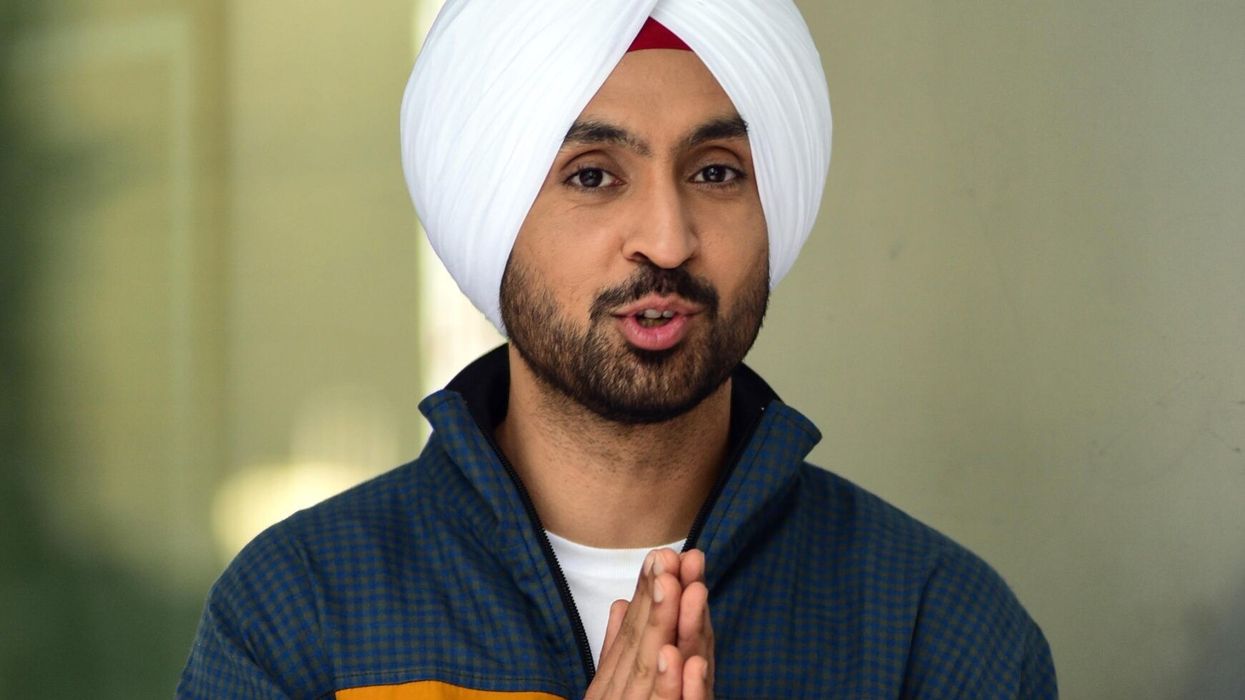












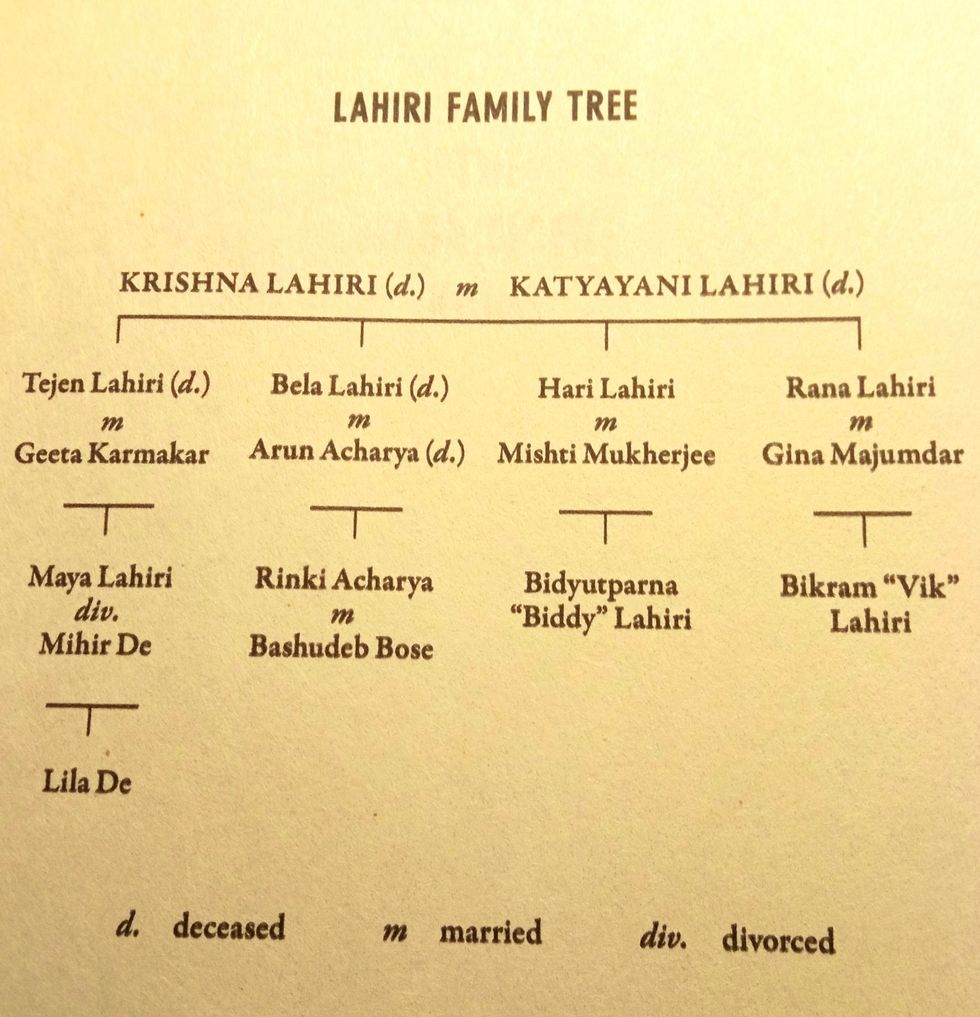 The family tree from the novel’s opening
The family tree from the novel’s opening
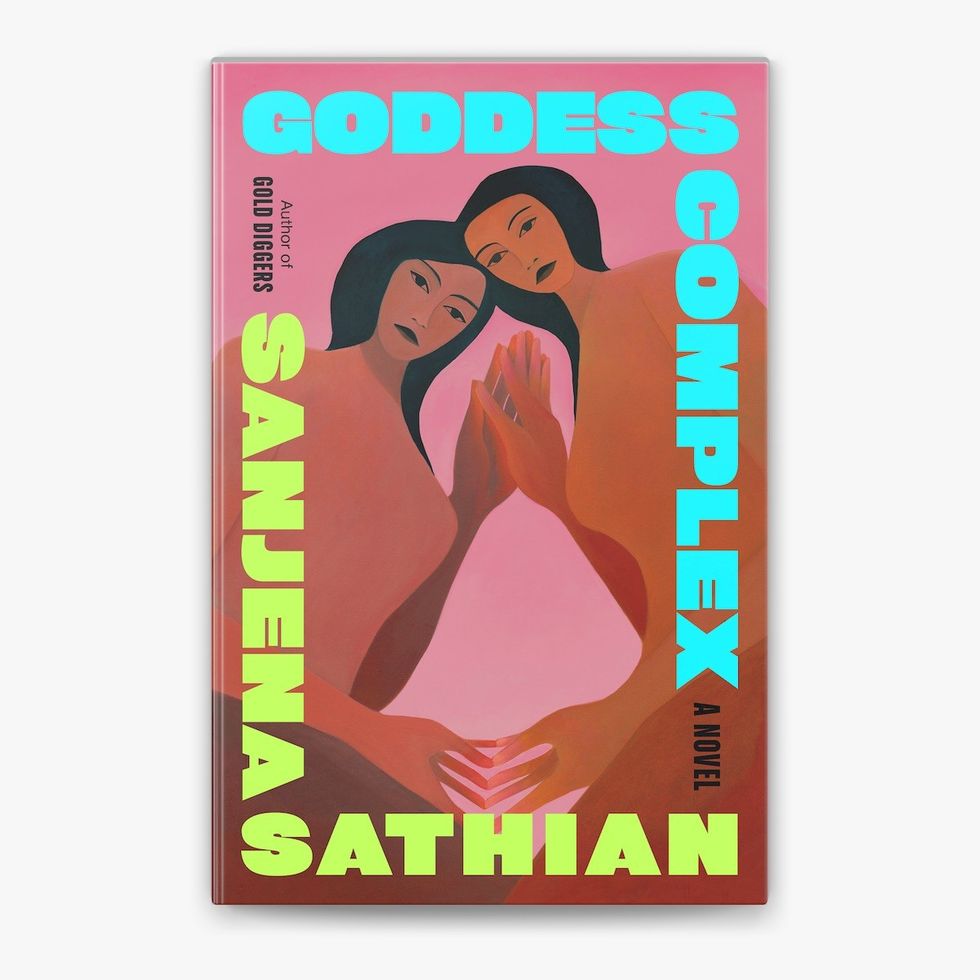
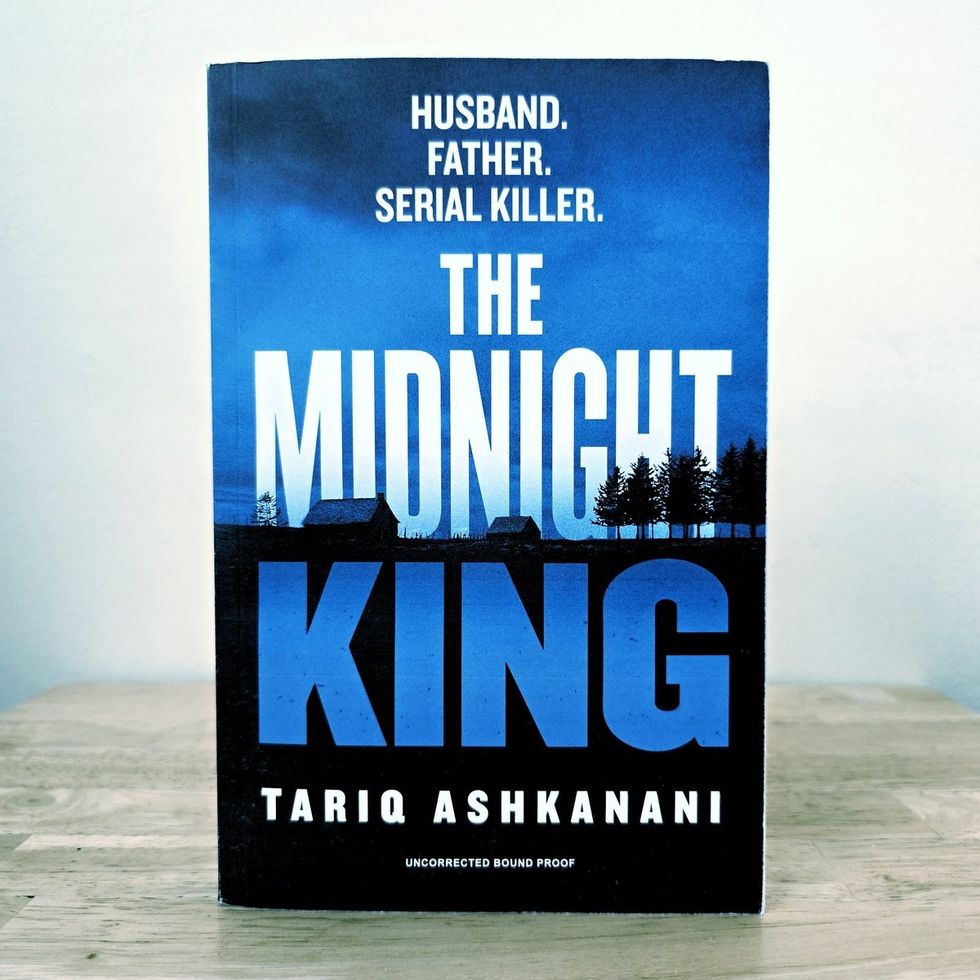
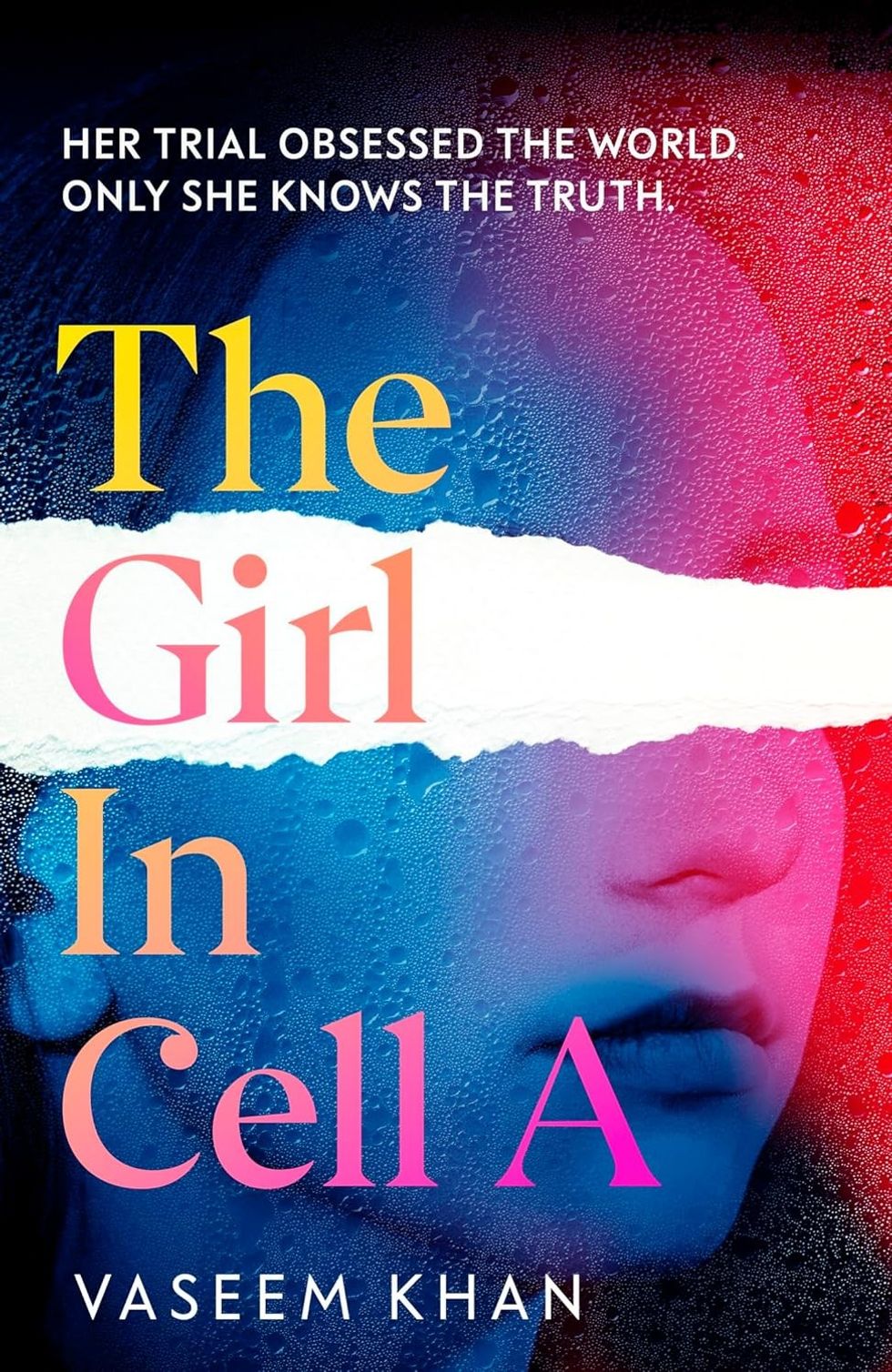
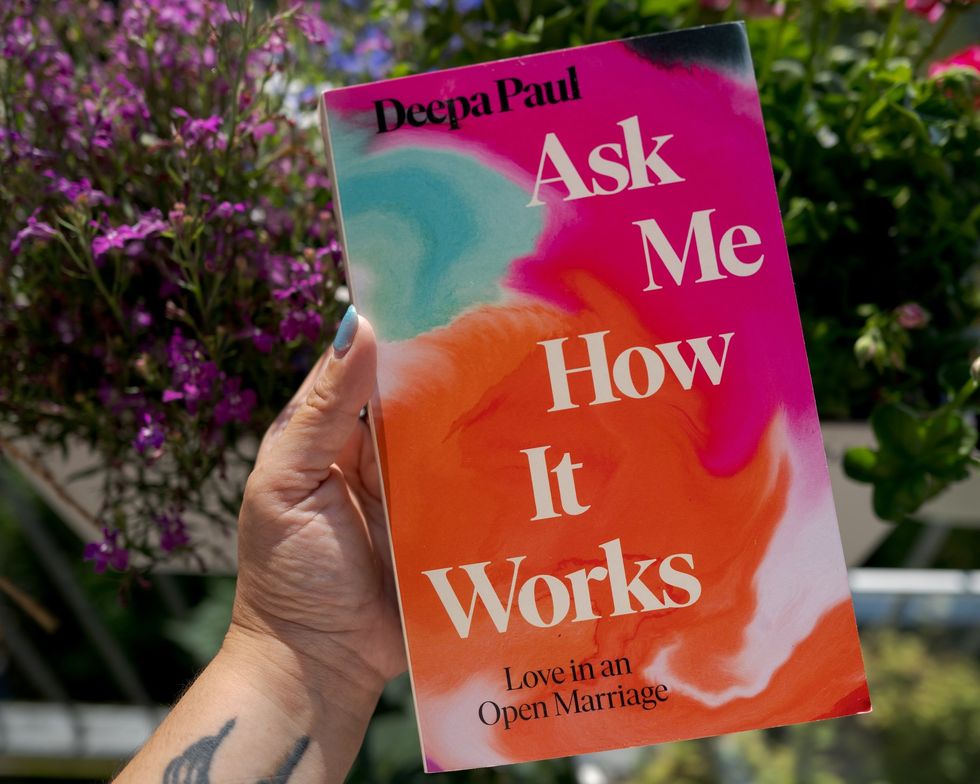
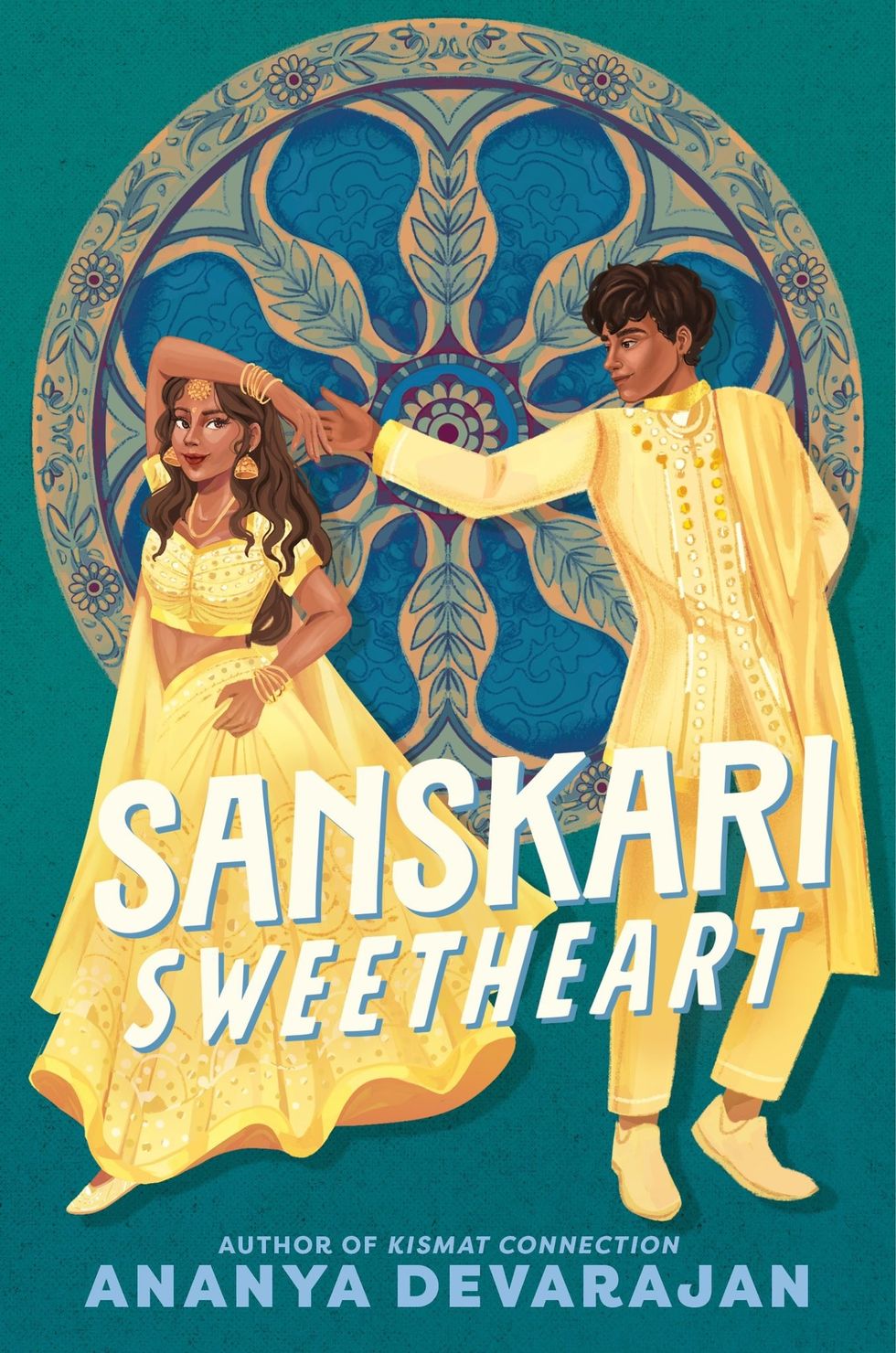
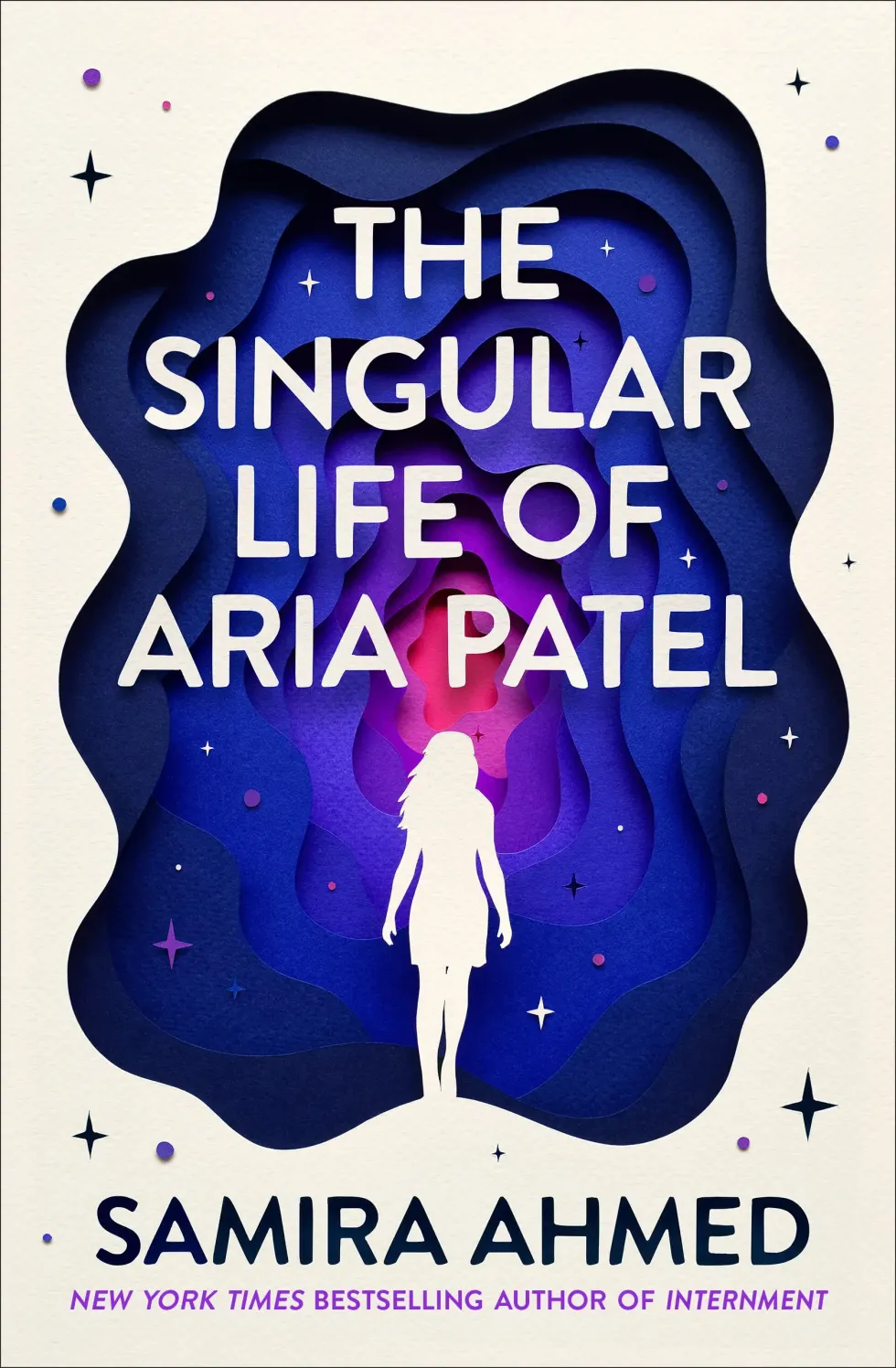

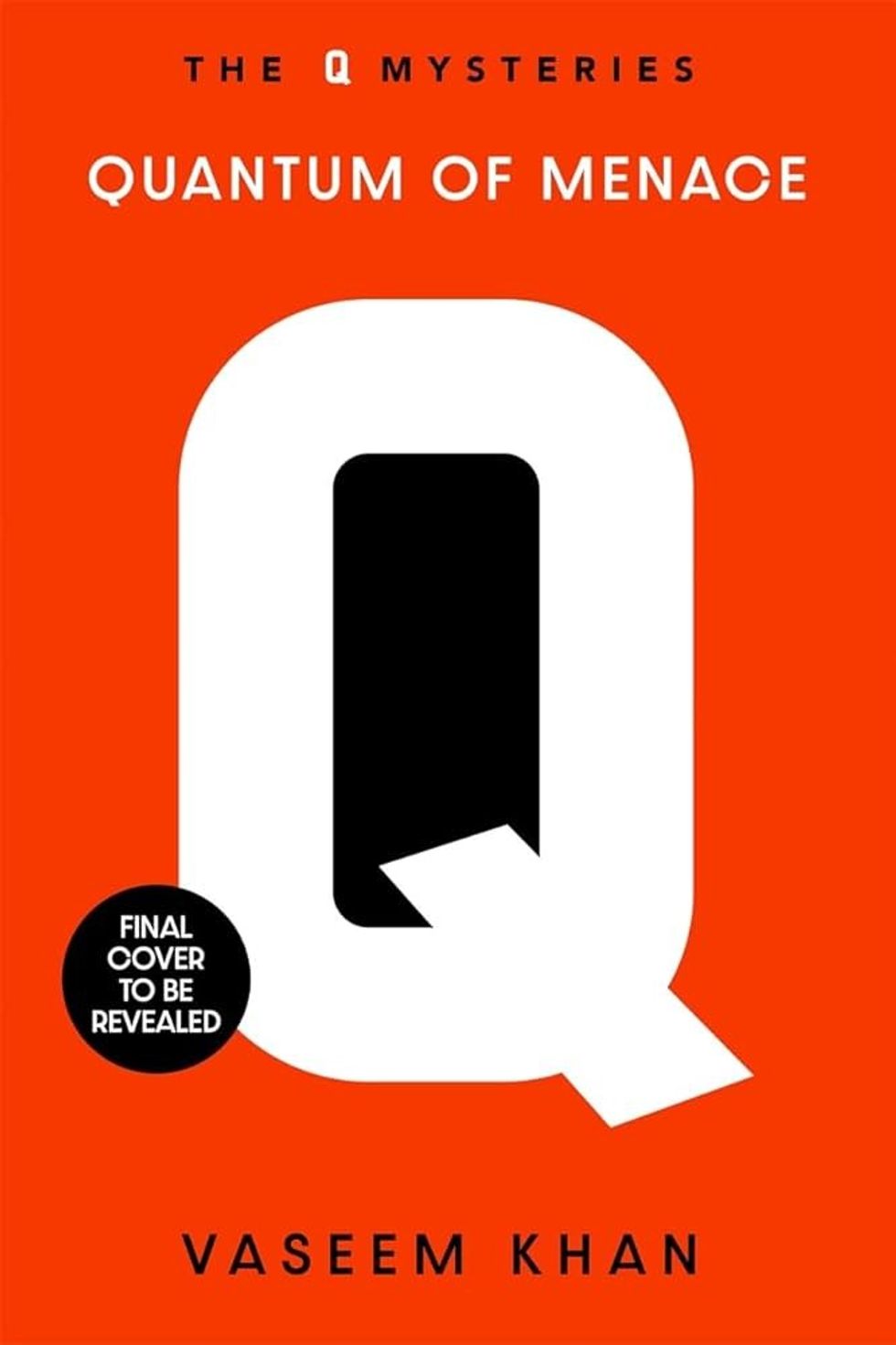

 Aryan
Aryan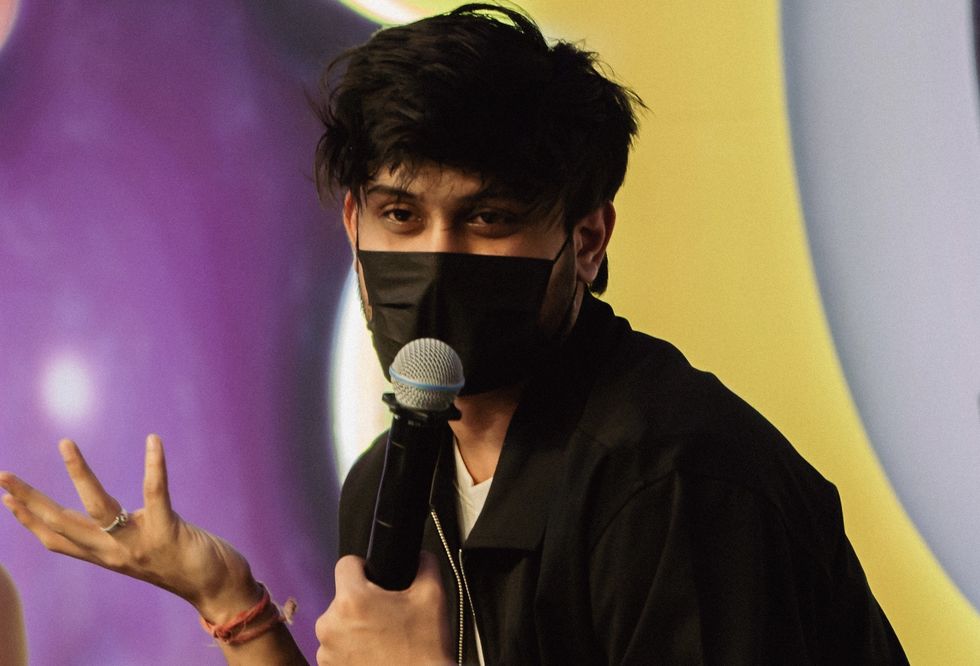 Ayu
Ayu